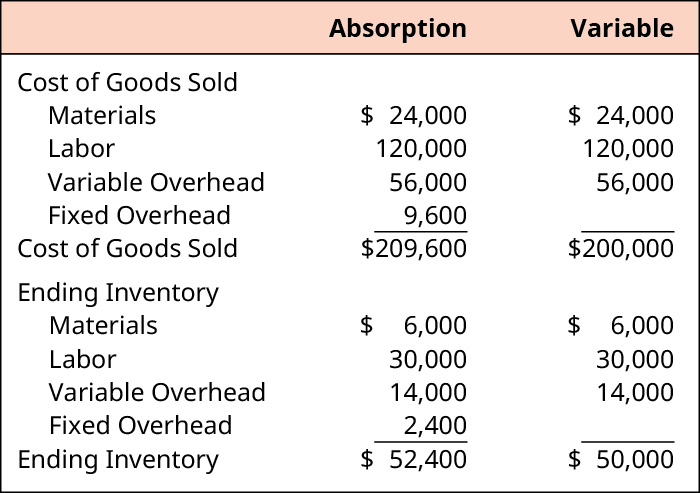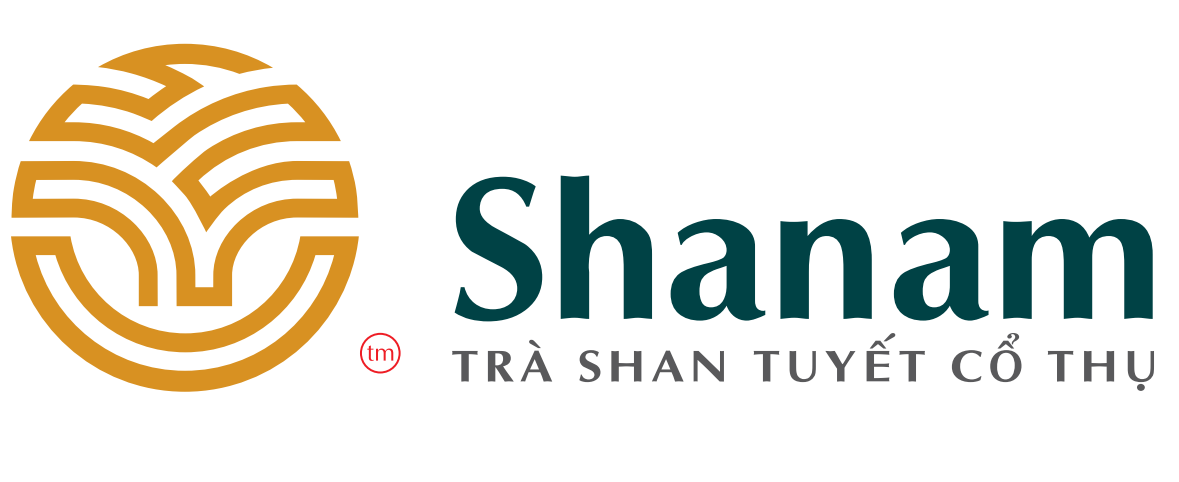DACI: a decision-making framework

” Nonetheless, each one gives us important insights in the process of deciding what is ethical in a particular circumstance. The first problem is that we may not agree on the content of some of these specific lenses. For example, we may not all agree on the same set of human and civil rights. We may not even agree on what is a good and what is a harm. The Ishikawa Diagram is also known as a fishbone diagram or a cause-and-effect diagram.

These are a few questions that you might want to answer if you would like to set a time and decide on who the responsibility of the decision rests. Our life is the cumulative effect of the decisions we have taken up until this point. A decision-making framework is used for effectively and accurately designing and developing assessment methods and tools for an organizational environment. Here’s another great model that you can use to come to a decision. You can use it to explain your decision in great detail and present your stance on a certain choice.
No more silos: Optimizing your organizational structure for stronger cross-team collaboration
Ethics provides a set of standards for behavior that helps us decide how we ought to act in a range of situations. In a sense, we can say that ethics is all about making choices, and about providing reasons why we should make these choices. Think of any people or teams whose work could be affected by the decision.
- I like defining each of those values either through consensus or as an average of involved people’s votes.
- There are plenty of other options spread across the internet for you to dive into, such as RACI, SPADE, Xanax, or even A/B testing.
- But if the onus of the decision is on a group of individuals, there should first be a consensus on a representative set that needs to be upheld while taking the decision.
- There are different types of justice that address what people are due in various contexts.
- These alternative histories are other things that could have happened just as easily as the ‘visible histories’ that did.
- Once a decision has been reached, record the final decision in your collaboration document.
It helps in situations involving many people, some of whom may benefit from the action, while others may not. On the other hand, it is not always possible to predict the consequences of an action, so some actions that are expected to produce good consequences might actually end up harming people. Additionally, people sometimes react negatively to the use of compromise which is an inherent part of this approach, and they recoil from the implication that the end justifies the means. Having a method for ethical decision making is essential. When practiced regularly, the method becomes so familiar that we work through it automatically without consulting the specific steps. This is one reason why we can sometimes say that we have a “moral intuition” about a certain situation, even when we have not consciously thought through the issue.
Below are a few indicators to get to your favorite decision-making framework. If you are going to regret it at 80, then you probably know what to decide. The point is you should not regret your decision at a later date. What one has to remember here is that you can always make the result of what you want it to be by making the right intermediary decisions between the cause and the desired effect. It deals more with those decisions that will have a long-term effect.
A Framework for an Integrated Risk Informed Decision Making Process
As I’ve grown in my career, I’ve moved away from telling people I had the right answer upfront to shaping and steering the discussion toward a conclusion. I wouldn’t call it consensus building — you don’t want consensus to hold you hostage — but input from others will help you get to the right decision faster, and with buy-in from the team. Today at Upstart, we’re a much smaller company, and we’re making decisions that matter several times a day. We’re deeply driven by the belief that fast decisions are far better than slow ones and radically better than no decisions.
- Closing out our example, the decision maker would likely be from a different team (not software) so they could review all relevant data objectively before deciding whether to create the new software.
- Choose a few team members with expertise in the decision to be made to provide supporting information to help make the decision.
- Studying hundreds of businesses upon businesses helps me know when something wonderful hits my way.
- If one tells all kinds of great things about a specific investment, a change in circumstances may suddenly occur, or a change to the analysis may be made.
Take the time to assign people responsible for decisions in each team. It will save you a lot of time in the future and you will always know who is responsible for certain decisions within the company. Making the distinction between these groups is very important because it will help you see all of the stakeholders involved and realize their actual impact on the decision.
Therefore, this framework works best in situations where there is a sense of obligation or in those in which we need to consider why duty or obligation mandates or forbids certain courses of action. Ethical environmental action, then, is the one that produces the greatest good and does the least harm for all who are affected—government, corporations, the community, and the environment. As you can see at the top, we defined larger groups of teams (in our case the teams are usually involved in one project). Then we have those groups broken down into individual teams. On the left you can input different decision-related areas like Design Lead or Development Lead. Then you should input the names of the team members responsible for the decisions in this category.
Of course, those three frameworks might be used in a group context also, no problem. Just have in mind that they work well in the solitude of your workstation too. Each EPD squad will have a Product Manager, Development Lead, and Design lead. The success of EPD relies on the health of the relationships among these three leaders. The clear alignment of their goals is key for decision-making.
The Decision-Making Framework That Gave Me Access to the Good Life
This is probably the simplest, yet one of the more engaging group decision-making tools available. Originally just a voting system for brainstorming sessions, I like the depth that the veto mechanic adds to the process. A tree can be small, meaning it has only one decision node and its branching immediate consequences, or large, which means it has follow-up decisions and their respective branching consequences. RICE and ICE are usually seen as prioritization frameworks, but let’s not forget that prioritization is an exercise of decision-making on its own. It’s perfectly acceptable to broaden both frameworks’ applicability beyond your roadmap.
Equally important is it to weigh decisions against one another and have a hard look at setting the right priorities for how your few waking hours are spent. Every decision commits us to some course of action that, by definition, eliminates acting on other alternatives. It’s therefore important to make small decisions into routines and sleep on the big ones. Looking at the decision you’re about to make and deciding how important it is or whether it’s important at all is a rational thing to do.
Agile Business Analysis
Read on for how Rajaram uses the SPADE framework to help synchronize and speed up collaboration over difficult choices. It takes coordination, but it’s important to pull together all the consultants that have been involved in the decision. Reserve a conference room or line that will include all participants to date.
From day to day, hour to hour, we think about how important each decision is and how much time it’s worth taking. To shake up the decision-making gridlock, Shklarski developed a framework based on a model introduced to him by his executive coach Marcy Swenson. The matrix, nicknamed the “Xanax for decision-making” among his team members at Flatiron, has enabled his increasingly autonomous and fragmented team to keep moving fast and smart through tough choices. Many executives are surprised when previously successful leadership approaches fail in new situations, but different contexts call for different kinds of responses. Before addressing a situation, leaders need to recognize which context governs it—and tailor their actions accordingly.
RAPID decision-making vs. RACI charts
But the biggest problem when making decisions isn’t that the worst will happen. The worst problem is you won’t make any decision and end up dying underutilized. The best decisions to make instead are investment decisions.
SPADE framework
Instead of focusing on being sure, they try to figure out how unsure they are. In investing, the skill vs. luck continuum depends on the style of investing involved and the business environment at the time which is always changing. It’s very interesting because in investing it’s hard to beat an index but it’s also hard to underperform it, especially if you are diversified and minimize Decision making framework trading fees. 50% of all stock market participants will end up in the bottom half and 70% will end up in the bottom 70%. It’s important to note that while this model is excellent for solving complex problems, not all of the decisions your team needs to make require this amount of methodical focus. For example, let’s say you’re trying to decide whether or not to update your software.
A complicated context is when a problem has multiple simple solutions. These decisions are generally dealt with by sensing, categorizing, and responding. In case of the decision being a work issue, the financial aspect of your decision might also come into question. So your final decision should be the result of serious deliberation, the culmination of all the earlier efforts to arrive at this decision.


